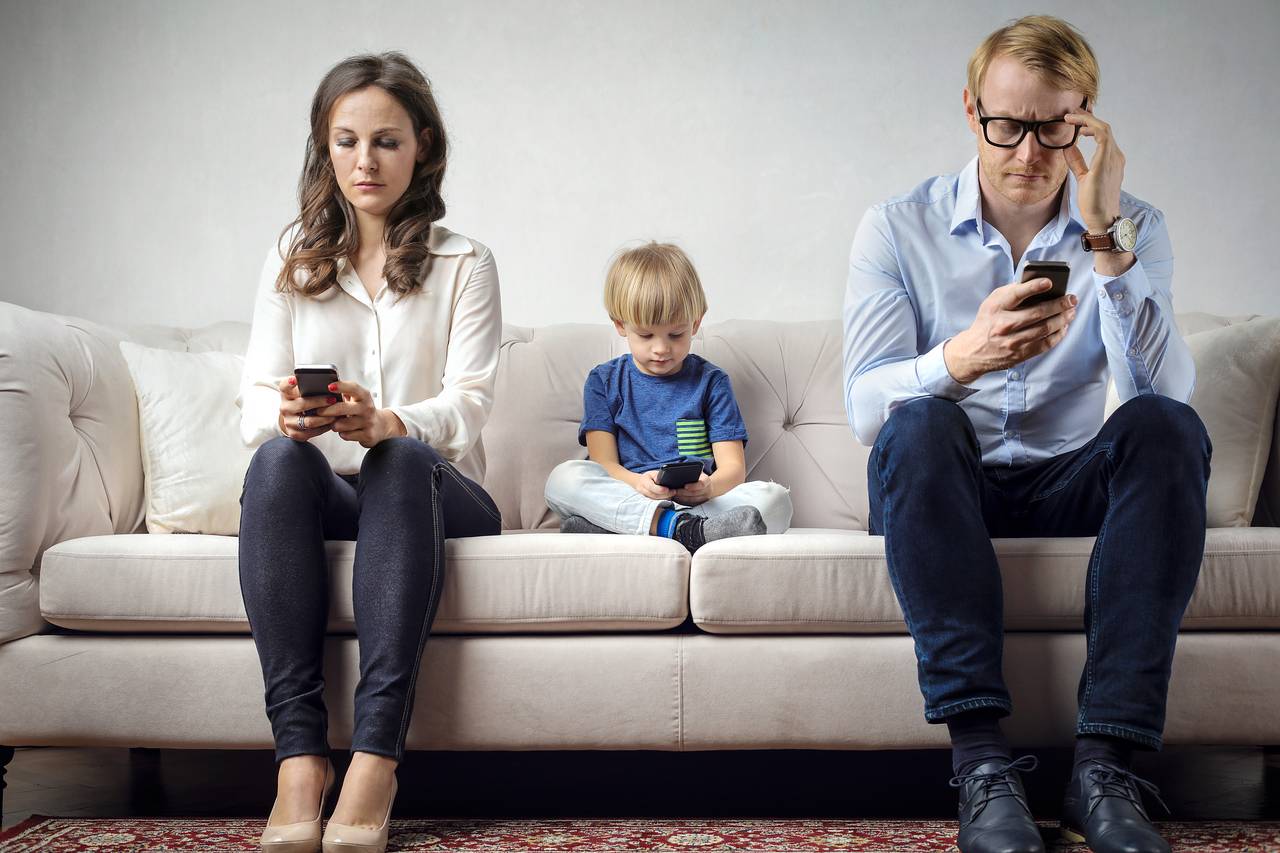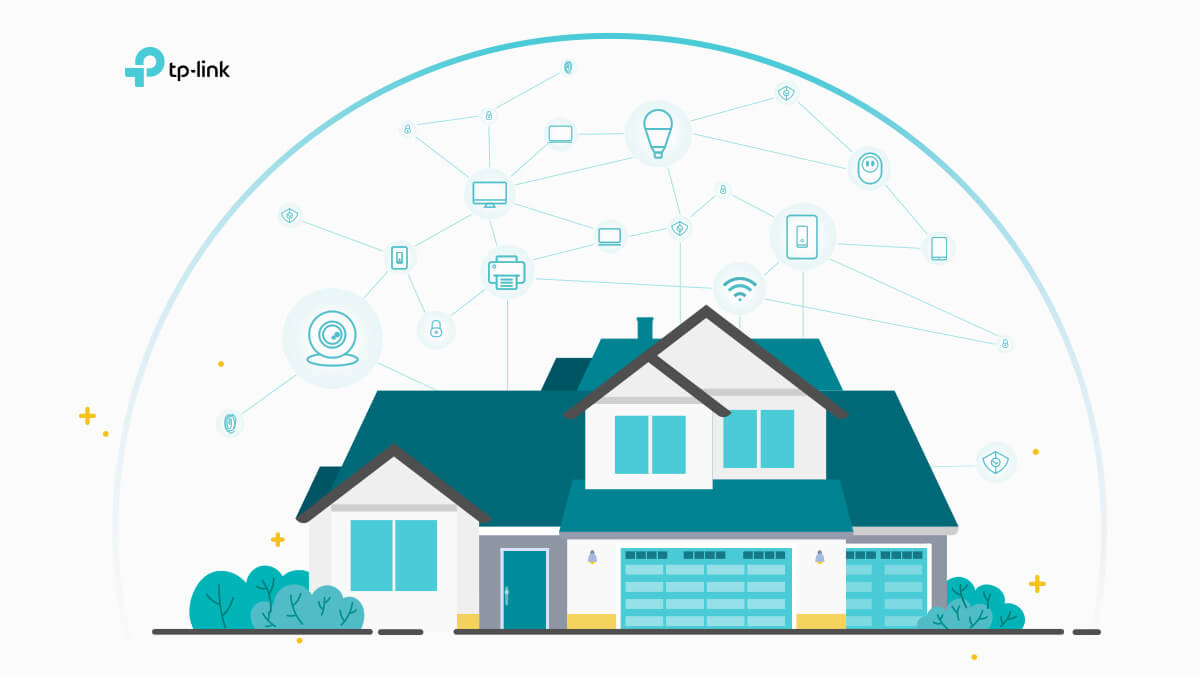Just a decade ago, the idea of talking to your house seemed futuristic. Today, smart homes are not only a reality—they’re reshaping how families interact, manage responsibilities, and experience daily life.
From connected thermostats to AI-powered refrigerators, from voice-controlled assistants to intelligent security systems, smart technology has moved from novelty to necessity in many homes. And while the convenience is undeniable, the implications run much deeper: smart homes are transforming family dynamics, privacy norms, parenting styles, and even mental health.
In this long-form article, we’ll explore how smart homes are changing family life in 2025, with a detailed look into the benefits, challenges, real-world examples, and what’s next.
📡 1. What Defines a Smart Home in 2025?
Before diving into the impact on families, it’s worth defining what makes a home “smart” in 2025. Today’s smart home goes far beyond a Wi-Fi thermostat or voice assistant.
🔧 Modern smart home features include:
- AI-driven assistants (e.g., Alexa, Google Assistant, Siri) integrated into every room.
- Smart lighting, blinds, and HVAC systems that adjust based on time, mood, and weather.
- Security systems with facial recognition, motion detection, and remote alerts.
- Appliances that reorder groceries, suggest meals, or alert you to expiry dates.
- Home hubs that monitor energy usage, water flow, and air quality.
- Robot vacuums, lawnmowers, and even AI-nannies to assist with chores and care.
In short, smart homes use IoT (Internet of Things) technology to create a connected, automated, and responsive living space.
👪 2. The Modern Family’s Daily Life in a Smart Home
Let’s start with the day-to-day. Here’s a snapshot of how smart tech now touches almost every aspect of family life:
☀️ Morning Routines:
- Smart blinds open automatically at 7:00 AM to wake the kids gently.
- The coffee machine starts brewing when a motion sensor detects movement in the kitchen.
- A smart mirror displays the weather, calendar, and traffic updates while you brush your teeth.
🏫 Getting Kids Ready for School:
- Voice assistants remind children to pack their lunches, books, and instruments.
- Smart fridges suggest meals based on what’s inside and what’s expiring soon.
- Carpooling is scheduled via shared family calendars synced with home displays.
🏠 While You’re Away:
- Parents get mobile alerts if doors are unlocked, windows left open, or someone enters the home.
- Smart thermostats and lighting adjust based on occupancy to save energy.
- Robot vacuums clean the house while motion detectors monitor for unusual activity.
🌙 Evening Wind-Down:
- Lights dim gradually to match circadian rhythms.
- Smart TVs offer family movie recommendations based on everyone’s preferences.
- A “Goodnight” voice command locks all doors, turns off lights, and arms the security system.

❤️ 3. Benefits of Smart Homes for Families
Smart technology isn’t just convenient—it can enhance quality of life in surprisingly meaningful ways.
🔄 A. Better Time Management
Automation helps streamline daily tasks:
- Automating laundry reminders, grocery lists, and cleaning schedules.
- Family members can focus more on spending time together and less on chores.
🔒 B. Enhanced Safety and Security
- Smart locks and video doorbells let families screen visitors, monitor deliveries, and grant remote access.
- Parents are instantly alerted if a child arrives home or leaves the premises.
- Environmental sensors detect smoke, carbon monoxide, or water leaks before disaster strikes.
🧘 C. Wellness and Mental Health
- Smart lighting that mimics natural sunlight improves sleep patterns.
- Air quality sensors and purifiers help with allergies and respiratory issues.
- Mood-enhancing music and aromatherapy systems reduce stress.
🧑🤝🧑 D. Strengthened Family Communication
- Shared calendars help coordinate school events, work meetings, and family dinners.
- Group voice assistants can facilitate games, trivia, or daily gratitude practices.
- Teens and parents can use “quiet time” or “do not disturb” automations to promote healthy boundaries.
📉 4. Challenges Smart Homes Bring to Family Life
Smart homes aren’t all sunshine and automation. They come with complex trade-offs and concerns—especially for families with kids.
🛑 A. Privacy Risks
Smart devices collect vast amounts of data:
- What time you sleep, where you walk, what you watch.
- Voice assistants may record conversations.
- Children’s voices, locations, and preferences may be logged and analyzed.
Concern: Who owns this data? How is it protected? And what happens if it’s breached?
📵 B. Digital Dependency
Automation may make life easier—but can also reduce personal agency.
- Over-reliance on reminders and prompts may affect memory and problem-solving.
- Children may grow up expecting instant responses or assistance for everything.
Example: A child may not learn how to adjust a thermostat manually or cook without voice commands.
⚙️ C. Technical Complexity
- Managing multiple apps and integrations can become a digital headache.
- When systems fail or power goes out, families are left in the lurch.
- Compatibility issues between platforms (Apple vs Google vs Amazon) can create friction.
💰 D. Cost and Equity
- Full smart home integration is expensive—often out of reach for lower-income families.
- Creates a digital divide where only affluent households benefit from these technologies.
🧒 5. How Smart Homes Impact Parenting
Parents in 2025 are navigating a new world of digital parenting tools—and challenges.
👀 Parental Surveillance
- Smart cameras and wearables can track children’s location, activity levels, even emotional states.
- While these tools bring peace of mind, they can also erode trust and autonomy.
Key Question: At what point does safety become surveillance?
🧠 Smart Assistants and Learning
- Devices like Amazon Echo Kids or Google Nest can help with homework, read stories, or answer questions.
- Some families use AI tutors or educational robots.
Concern: How do you balance screen-free time with smart learning tools?
🧽 Chores and Responsibility
- Kids can be assigned chores via shared dashboards.
- Robot vacuums or dishwashers can be controlled via voice—teaching tech responsibility.
Bonus: Kids may feel more ownership over their routines when tech is gamified.
🏠 6. Redefining Family Spaces
Smart homes are transforming not only routines but physical spaces:
🧑💻 Work and Study Zones
- With remote work and hybrid schooling still common in 2025, families use smart tech to create dynamic spaces:
- Noise-canceling zones with smart panels.
- Adjustable desks that remember preferences.
- Lighting that adapts from “focus” mode to “relaxation” mode.
🍽️ Kitchens and Meal Time
- Fridges with internal cameras and inventory management.
- Ovens that preheat when you’re en route home.
- Smart assistants that recommend recipes based on dietary needs and ingredients on hand.
Impact: Meals become easier to plan and healthier to prepare—supporting family bonding over food.
🌍 7. Environmental Impact and Smart Sustainability
In a world grappling with climate change, smart homes help families live more sustainably.
♻️ Energy and Resource Conservation
- Smart thermostats reduce energy waste by adjusting temperature based on presence.
- Smart sprinklers water the lawn only when needed.
- Families can track water and electricity usage by the hour.
🌱 Green Parenting
- Teach kids to be mindful of energy consumption.
- Use gamified dashboards to set sustainability goals (e.g., reduce 10% electricity this month).
🧪 8. Real-World Examples: Families in Smart Homes
👨👩👧👦 Case 1: The Busy Blakes
A dual-income household with two kids under 10:
- Use smart alarms to get everyone up.
- A shared calendar displays tasks on the fridge.
- Video doorbell keeps an eye on package deliveries while at work.
Outcome: Less stress, better communication, and smoother mornings.
👩👧👦 Case 2: The Remote Learner’s Home
Single mom with a high schooler studying from home:
- Uses a smart hub to schedule study sessions, breaks, and screen limits.
- Bedroom is fitted with adjustable lighting and sound control for focus.
- Homework questions go to ChatGPT integrated into their smart assistant.
Outcome: More structure and reduced parental supervision burden.
🚀 9. The Future of Smart Homes and Families
What’s next for families living with smart home tech?
🤖 Anticipated Developments:
- Emotion-aware assistants that detect stress or sadness in your voice and respond accordingly.
- AI family scheduling agents that balance everyone’s calendar in real time.
- Augmented reality home interfaces, turning any surface into a screen.
- Child AI companions, blending play, education, and emotional support.
Caution: The deeper AI goes into family life, the more critical questions arise about dependency, privacy, and emotional well-being.
🧠 Final Thoughts: A Smarter Life—But at What Cost?
Smart homes in 2025 offer extraordinary benefits for families: they streamline routines, improve safety, and enable more meaningful moments together. But they also demand a new literacy—a digital understanding of data privacy, device ethics, and psychological balance.
Families who benefit the most from smart homes are those who:
- Use tech intentionally, not passively.
- Balance convenience with privacy and autonomy.
- Make room for human connection, not just automation.
Smart homes are here to stay. The question is not if they will change family life—but how we shape that change.
Share this content:



















Post Comment